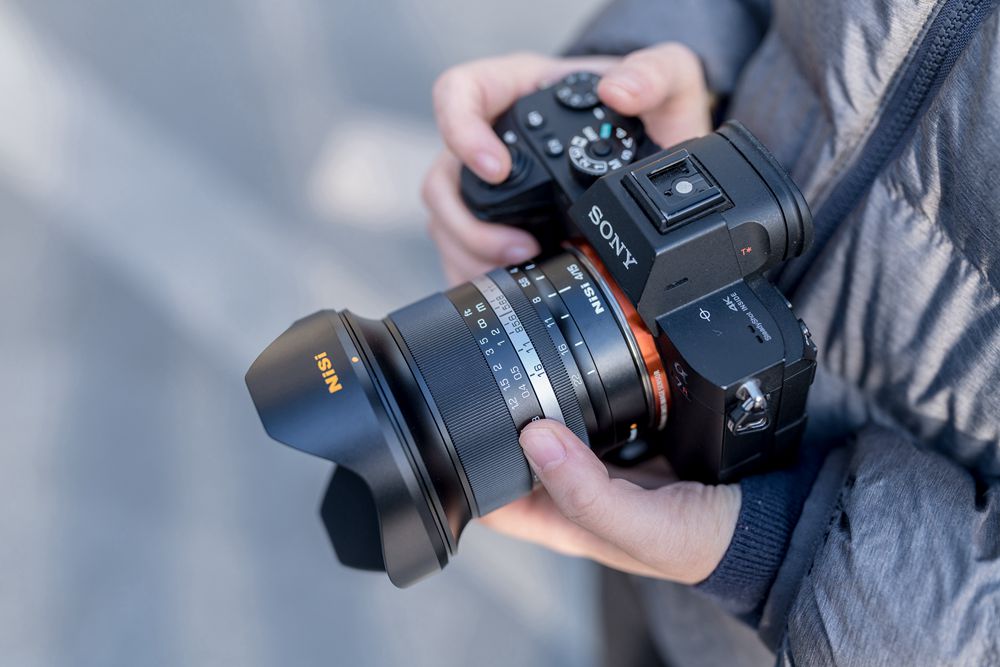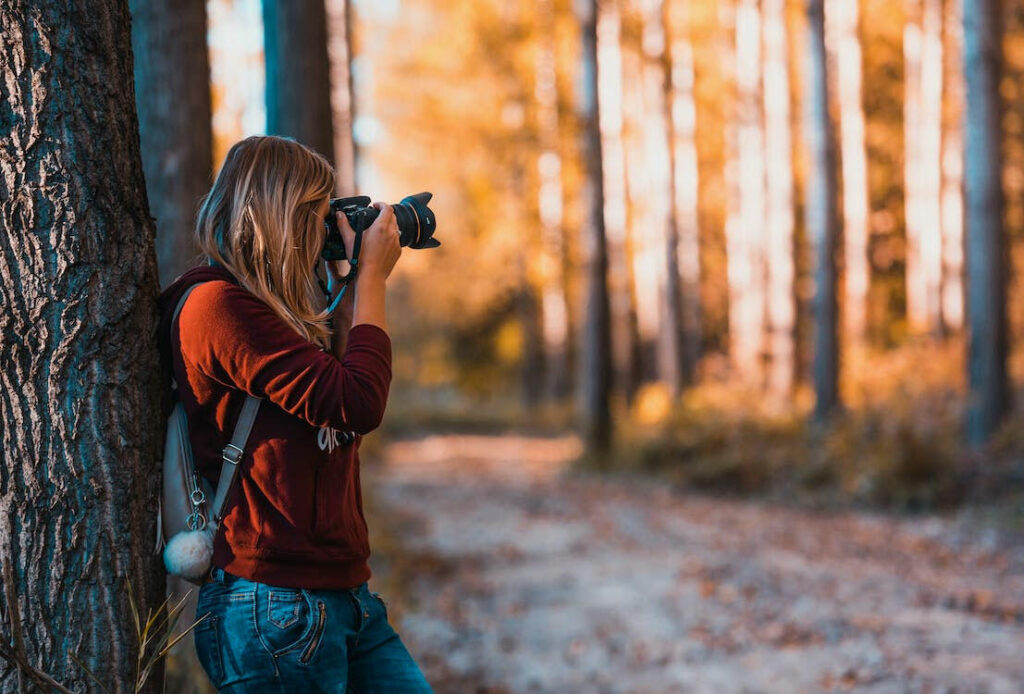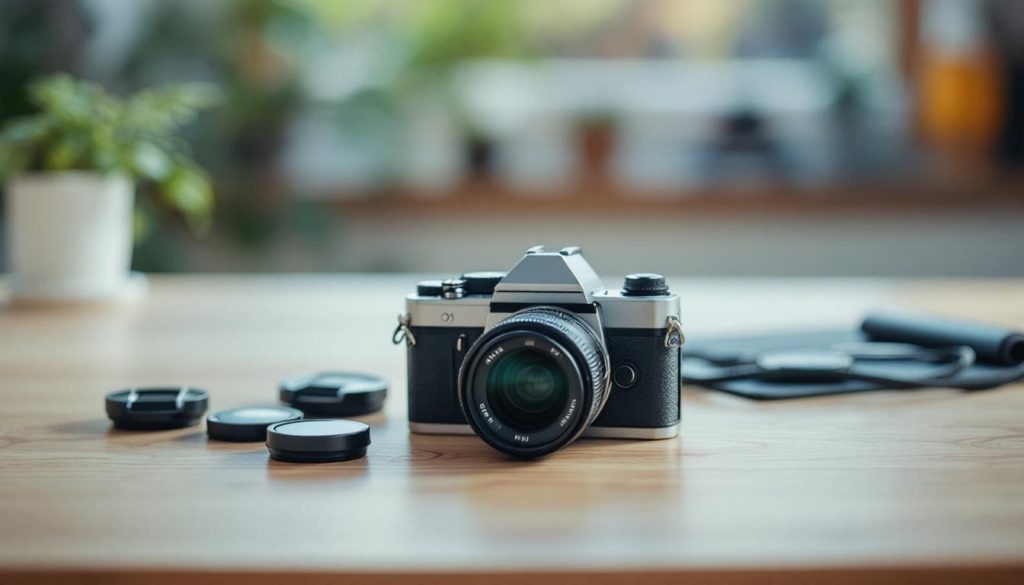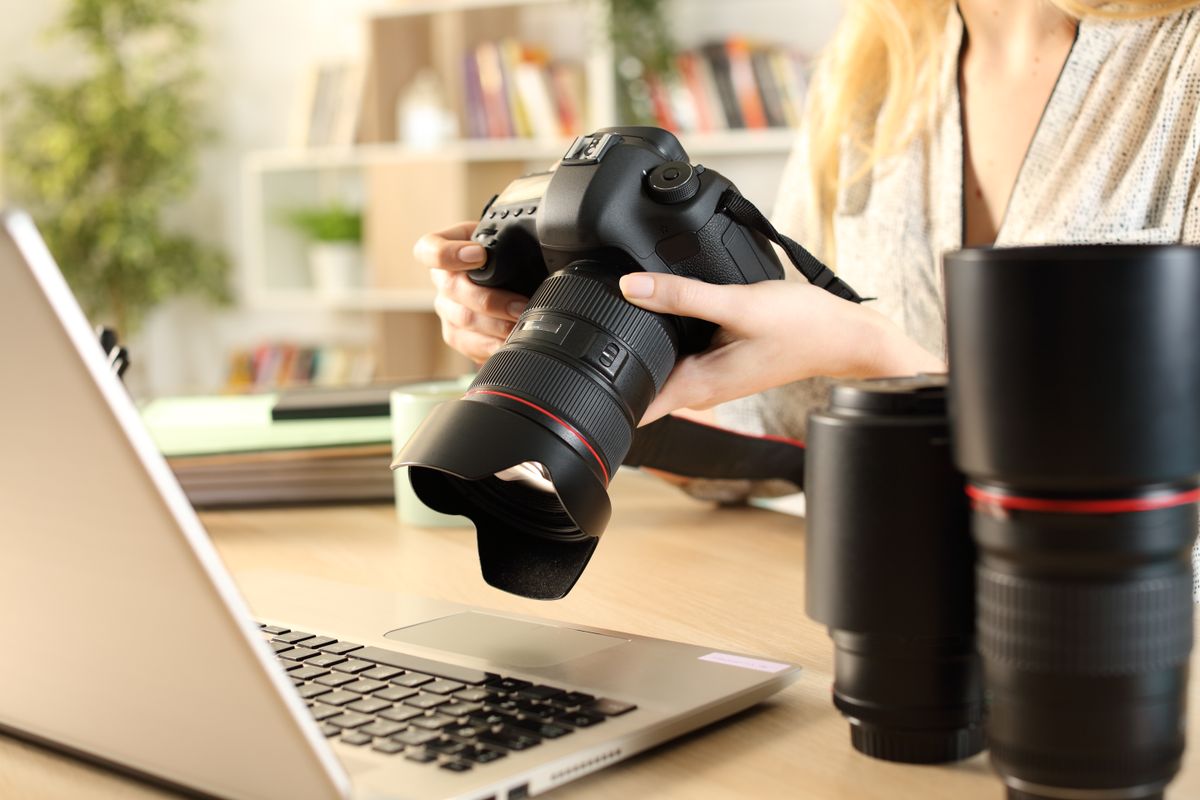Photography tips for beginners
Photography is an incredible way to capture the world around you, express creativity, and preserve memories. For beginners, stepping into the world of photography can feel overwhelming. With so many cameras, lenses, and techniques, it’s easy to get lost. However, with some basic guidance and consistent practice, anyone can improve their photography skills and start creating stunning images. Here are some essential tips for beginners to get started.
1. Understand Your Camera

The first step in learning photography is to get familiar with your camera. Whether you are using a DSLR, mirrorless camera, or even a smartphone, understanding its features is crucial. Learn how to adjust settings like ISO, shutter speed, and aperture. These three elements, often referred to as the exposure triangle, control how light enters your camera and affect the final image. Experimenting with different settings helps you understand how each one impacts your photos.
2. Focus on Composition
A great photograph is often defined not just by technical quality, but by composition. Composition refers to how you arrange elements within the frame. One of the most common techniques is the rule of thirds. Imagine dividing your frame into a 3×3 grid. Place your main subject along these lines or at the intersection points. This simple trick can make your photos more balanced and visually appealing. Other composition techniques include leading lines, framing, symmetry, and using negative space effectively.
3. Use Natural Light

Lighting is one of the most critical aspects of photography. Beginners often rely on the camera’s flash, but natural light can dramatically improve the quality of your images. Early morning or late afternoon, often referred to as the golden hours, provide soft, warm light that enhances your photos. Pay attention to how light falls on your subject, and try different angles to see the effect. Overcast days can also be excellent for photography, as clouds act like a natural diffuser, softening harsh shadows.
4. Practice Manual Mode
While automatic mode is convenient, using manual mode allows you to have full control over your photography. Adjusting ISO, shutter speed, and aperture manually helps you learn how different settings interact and affect exposure. For example, a fast shutter speed can freeze motion, while a slow shutter speed can create artistic blur. Practicing manual mode might feel intimidating at first, but it is the fastest way to grow as a photographer.
5. Experiment with Perspectives
Don’t just shoot from eye level—get creative with your angles. Try shooting from high above, down low, or even from the side. Changing your perspective can transform an ordinary scene into something extraordinary. Additionally, moving closer to your subject or using a zoom lens can help capture details that might otherwise be missed.
6. Pay Attention to Backgrounds

A cluttered background can distract from your subject, so always check what’s behind your main focus. Look for clean, simple backgrounds that make your subject stand out. You can also use shallow depth of field (achieved with a wider aperture) to blur the background and emphasize your subject. This technique is particularly effective for portraits and macro photography.
7. Learn Basic Editing
Post-processing is an essential part of modern photography. Software like Adobe Lightroom, Photoshop, or even free tools like Snapseed can help enhance your photos. Beginners should start with basic adjustments such as brightness, contrast, saturation, and cropping. Over-editing can ruin a photo, so aim to enhance your images naturally while retaining their authenticity.
8. Practice Regularly
Like any skill, photography improves with practice. Make it a habit to take photos every day, even if it’s just around your home or neighborhood. Experiment with different subjects, lighting conditions, and techniques. Reviewing your work critically and learning from mistakes is one of the fastest ways to improve.
9. Study Other Photographers
Finally, immerse yourself in the work of other photographers. Study their composition, use of light, and storytelling techniques. Social media platforms like Instagram and photography websites offer endless inspiration. Don’t just copy their style; analyze what makes their images compelling and adapt those principles to your own work.
Conclusion
Starting your photography journey can be both exciting and challenging. By understanding your camera, practicing composition, using natural light, experimenting with perspectives, and learning basic editing, you can quickly elevate your skills. Remember, photography is as much about seeing creatively as it is about technical skill. With patience, practice, and curiosity, beginners can capture stunning photos and continue growing as photographers.


Post Comment